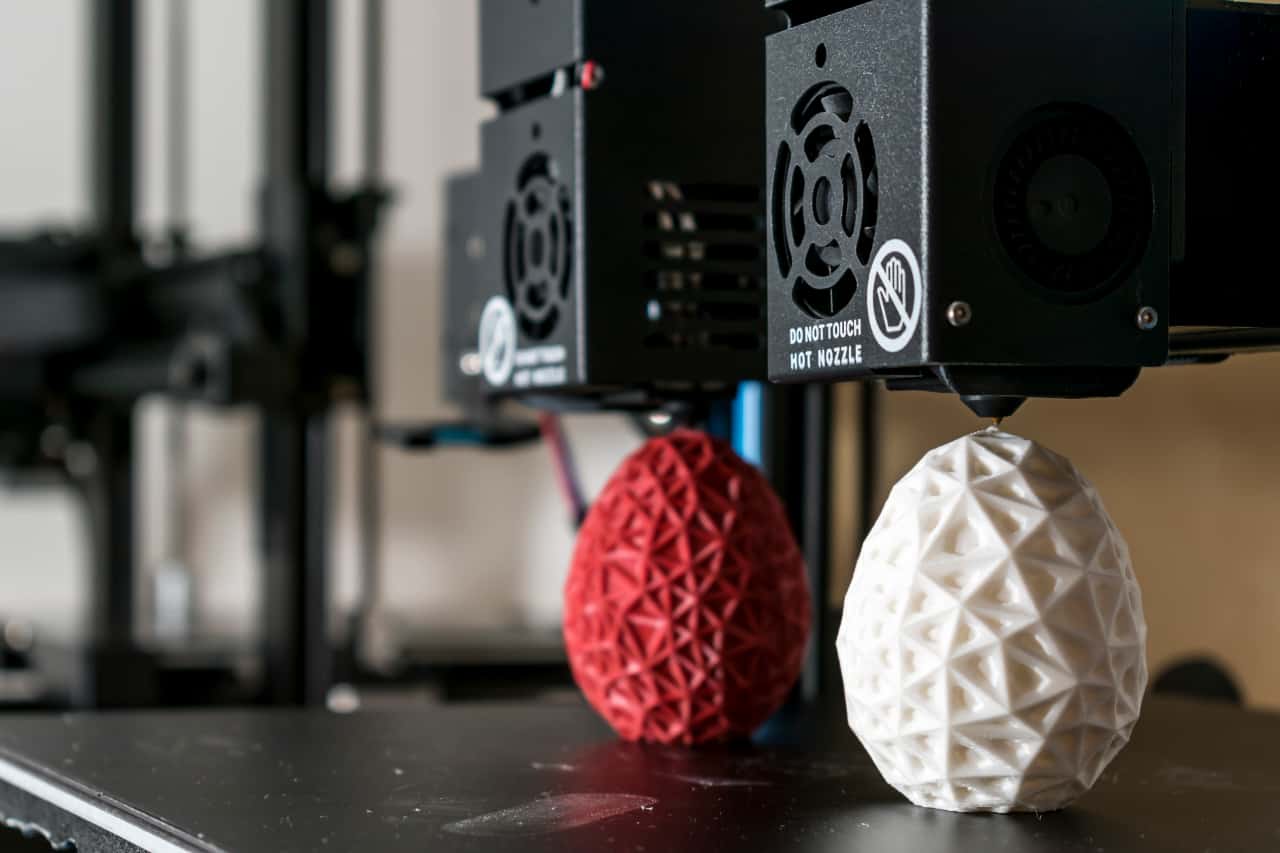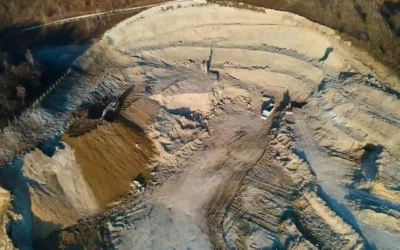Silica sand, a versatile material with a wide range of applications in various industries, has found its place in the innovative world of 3D printing. Its unique properties make it an ideal material for creating intricate and precise prototypes and functional parts for various industries. In this article, we will explore the importance of silica sand in 3D printing, its benefits and how it contributes to the advancement of this cutting-edge technology.
Silica sand in 3D printing
Sand molds for metal casting One of the main uses of silica sand in 3D printing is the creation of sand molds for metal casting. This process involves using a 3D printer to build a sand mold layer by layer, which is then used to cast metal parts. The use of silica sand in 3D printing allows the creation of complex geometries and intricate designs that are difficult to achieve with traditional casting methods.
Glass 3D printing
Silica sand is also used in glass 3D printing, a process that involves melting silica sand and extruding it through a nozzle to create three-dimensional glass objects. This innovative technique allows the production of intricate glass pieces with high precision, opening up new possibilities for artists and designers.
Construction materials
Silica sand has found its way into the construction industry through 3D printing, where it can be used to create building materials such as bricks and blocks. By combining silica sand with a binding agent, 3D printers can produce durable building materials with unique properties, such as improved insulation or fire resistance. Benefits of silica sand in 3D printing
Accuracy and complexity
The use of silica sand in 3D printing enables the creation of intricate and complex designs with high precision. This capability enables manufacturers to produce parts with tight tolerances and detailed features, which are essential for various applications in different industries.
Waste reduction
3D printing with silica sand contributes to more sustainable manufacturing practices by reducing material waste. The process allows the production of parts and objects with a minimum of excess material, resulting in less waste and reduced environmental impact.
Rapid prototyping
The use of silica sand in 3D printing enables rapid prototyping, allowing designers and engineers to quickly create and test their designs. This capability accelerates the development process and reduces the time required to bring a product to market. Silica sand plays a crucial role in the world of 3D printing, contributing to the creation of intricate, precise and functional parts for various industries. Its unique properties make it an ideal material for 3D printing applications such as sand molds, glass printing and construction materials. By adopting silica sand in 3D printing, companies can enjoy numerous benefits, such as increased accuracy, reduced waste and faster prototyping. As the world continues to adopt and develop 3D printing technology, silica sand will undoubtedly continue to be a vital component in revolutionizing manufacturing and prototyping processes in a wide variety of industries.






